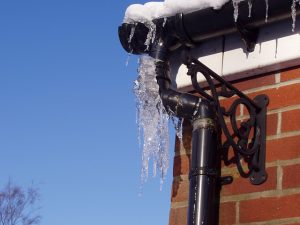 As many as 6.6 million hot tubs are in use in the United States. They’re great for relaxation, and they soothe aches and pains. Plus, they’re fun. If you own one, be sure to follow several safety tips.
As many as 6.6 million hot tubs are in use in the United States. They’re great for relaxation, and they soothe aches and pains. Plus, they’re fun. If you own one, be sure to follow several safety tips.
Talk to your physician and make sure you’re healthy enough to use the hot tub. Hot tubs lower your blood pressure, making them potentially dangerous if you’re pregnant or suffer from certain medical conditions like heart disease.
Drink plenty of water to help you stay hydrated and avoid overheating. If you start to feel dizzy, sleepy or nauseous, get out of the hot tub immediately.
Use an accurate thermometer when measuring the water’s temperature. It should be less than 104 degrees if you’re healthy and less than 100 degrees if you’re pregnant or have a heart condition or other medical problems.
Soak less than 20 minutes at a time to prevent overheating. Pregnant women or anyone with a heart condition or chronic medical problem should stay in for only 10 to 15 minutes at a time.
Never use the hot tub if you’ve been drinking or using drugs, including sleeping pills, antidepressants or tranquilizers. You could fall asleep or lose consciousness and drown.
Don’t allow babies and toddlers in the hot tub. Their skin is thin, and they could easily overheat. They could also have diaper accidents that create in unsanitary hot tub conditions.
Children can use the hot tub if their heads are above the water when they stand up. They should get out within five minutes at a max temperature of 104 degrees or for 10 to 15 minutes if the temperature is 98 degrees or lower. Supervise kids at all times and make sure they’re not goofing off or going underwater.
Be sure the drain cover works properly. Otherwise, someone could become entrapped and drown.
Install a locking cover. This preventative measure secures the hot tub and ensures no person or animal gets into it without your permission.
Clean and sanitize the hot tub regularly. In addition to showering before you get in, check the chemical levels weekly and wipe out the hot tub thoroughly at least once every two months. Find more detailed information from your hot tub manufacturer.
Insure your hot tub. Most homeowner’s insurance policies will cover damage to your hot tub or accidents that occur because of it, but verify coverage with your insurance agent.
Your hot tub is designed for fun, especially when you use it safely. Follow these tips to ensure it stays safe and fun for you and your guests.














